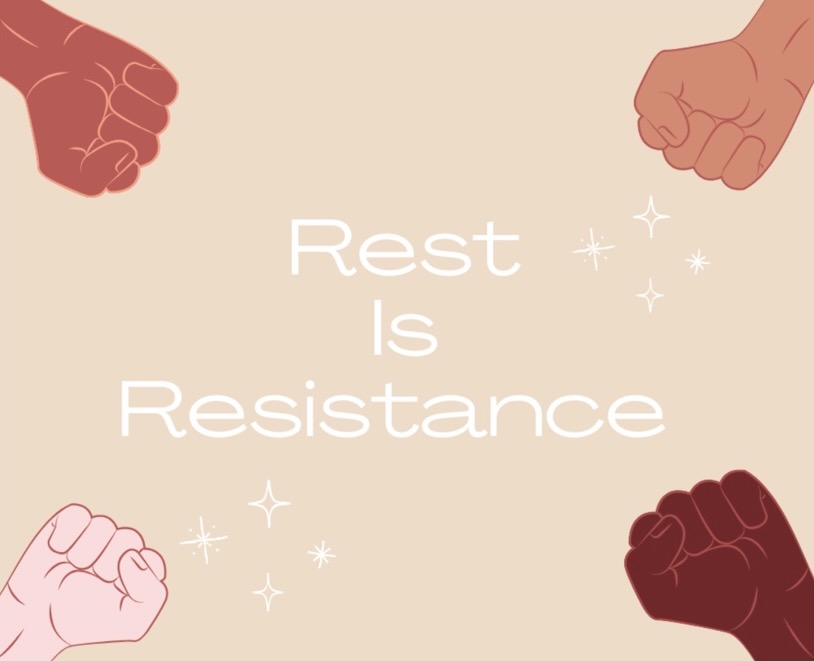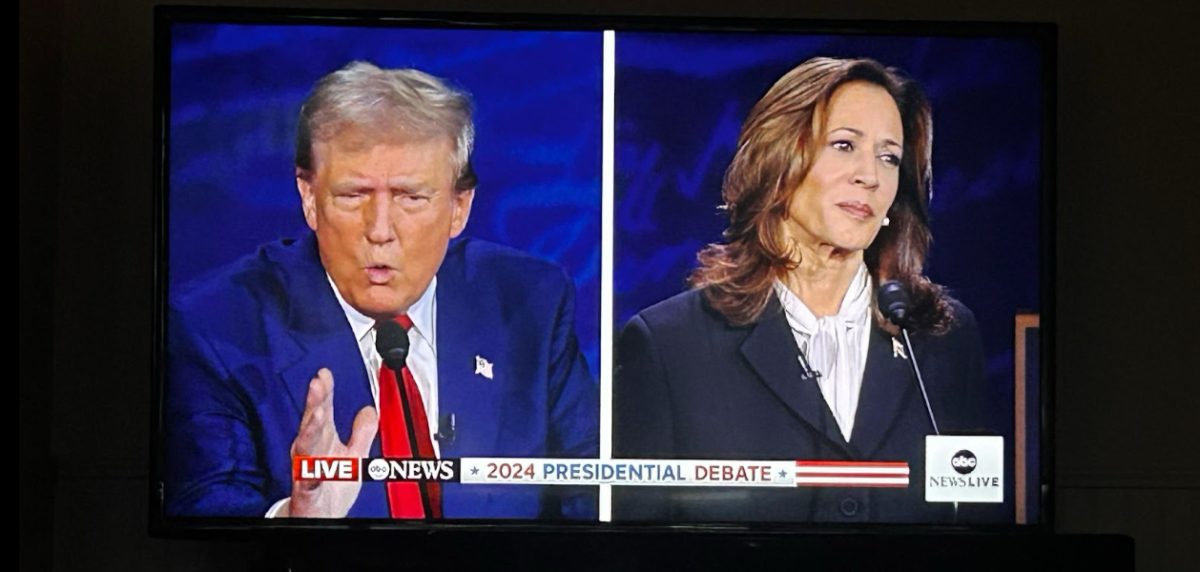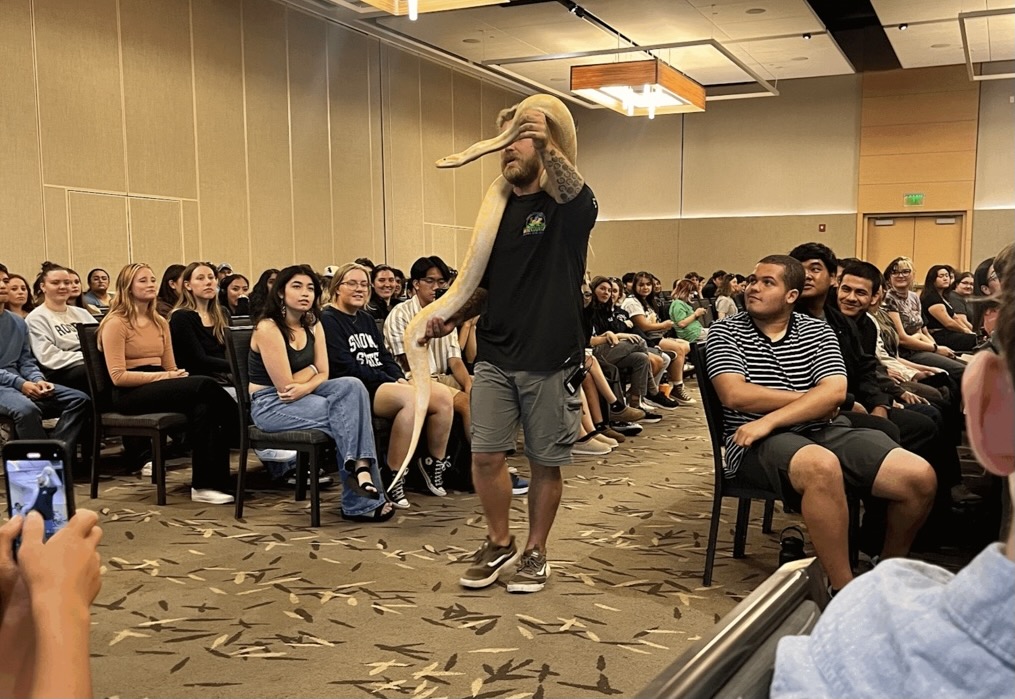After extended negotiations with the California State University, the California Faculty Association is gearing up for a demonstration on Nov. 17. The demonstration is in response to the Chancellor’s office denying the association a 5 percent salary increase and offering a 2 percent wage raise instead. The association held a vote to decide whether to strike in protest of the CSU’s refusal to increase their wages by 5 percent. The results of the vote are expected to be announced tomorrow.
As covered in the STAR, the faculty association and the Chancellor’s office were in talks about finding a solution to the problem as peaceful as possible, however, since that story broke, mediation has concluded and the mediator has enacted the process of fact-finding.
Now that negotiations have ceased, fact-finding can now commence. In this stage, both parties find as many facts, backed up with evidence, and present them to a neutral third party, who will then create a fact-finding report that ultimately suggests the best way an agreement can be found. Both the faculty associationand the university system will have 10 days to evaluate the report and possibly find common ground, and if not, the report becomes public record. At any point in time after the report has been made known to both parties, they can come back to the table and try to find an answer to this issue.
“Fact-finding is set to begin on Nov. 23 in Sacramento,” said Toni Molle, director of public affairs for the Office of the Chancellor, “Each side will present their proposals to a three-party panel, one neutral and one representative for each party [CSU and CFA].”
According to Molle, the Office of the Chancellor and the California State University expects the strike vote authorization to pass, but the results will not be known until Wednesday.
Since the ending of mediation and the commencement of fact-finding, the CFA chapter at Sonoma State held a post-election get-together at Lobo’s last Wednesday to acknowledge the next step in the battle over wages.
“The clear message to the chancellor is, 5 percent is a fair amount. They have the money, we deserve it,” said Andy Merrifield, professor of political science and member of the bargaining team for the faculty association, “2 percent is not enough and we deserve more, we have taken enough hits financially for many years.”
The meeting featured Democratic Assemblyman Bill Dodd, who represents the fourth district in California, which includes all of Napa County, Lake County, and parts of Sonoma, Yolo and Solano counties.
“The Legislature worked very hard to get that $97 million for the state university system,” said Dodd. “I have taken a look and listen to the length of time that they’ve [faculty] had a raise, and I don’t think that what they are asking for in unreasonable.”
When it comes down to the process of fact-finding, the name of the process says it all; facts will be the only things reviewed and all opinions get taken out of the argument. The only party that gets to form an opinion is the neutral party.
“At the end of the statutory process, the CSU can impose their last, best and final offer, which is apparently 2 percent,” said Merrifield. “If they propose 2 percent, then we [faculty] can use our economic weapon which is to strike.”
Both parties have no idea what a possible strike would look like on the 23 California State University campuses. There is no word on whether strikes will occur, and if they do occur, the strikes could be rolling strikes or a full strike across all higher education schools in the system.
A strike authorization vote does not necessarily mean that the only option on the table for the CFA is a strike. It means that the members of the faculty association have granted permission to the leadership to authorize a strike or other concerted activities at the end of the statutory process.
“If a strike does occur, the CSU will take the appropriate steps to keep students on their path to degree completion.” said Molle.
“We have no interest in striking, unless we have to, and we have no interest in harming the students,” said Merrifield. “Our primary goal is to be faculty to teach our students, nonetheless, if the system breaks down because the Chancellor refuses to spend money he has on the faculty, the implications for the overall system are impossible to predict at this time.
The tension between CFA and the CSU system is climbing, and once the voting results are heard on Wednesday, the next chapters in the saga of wage disputes can be critical to the future of the California State University.

































